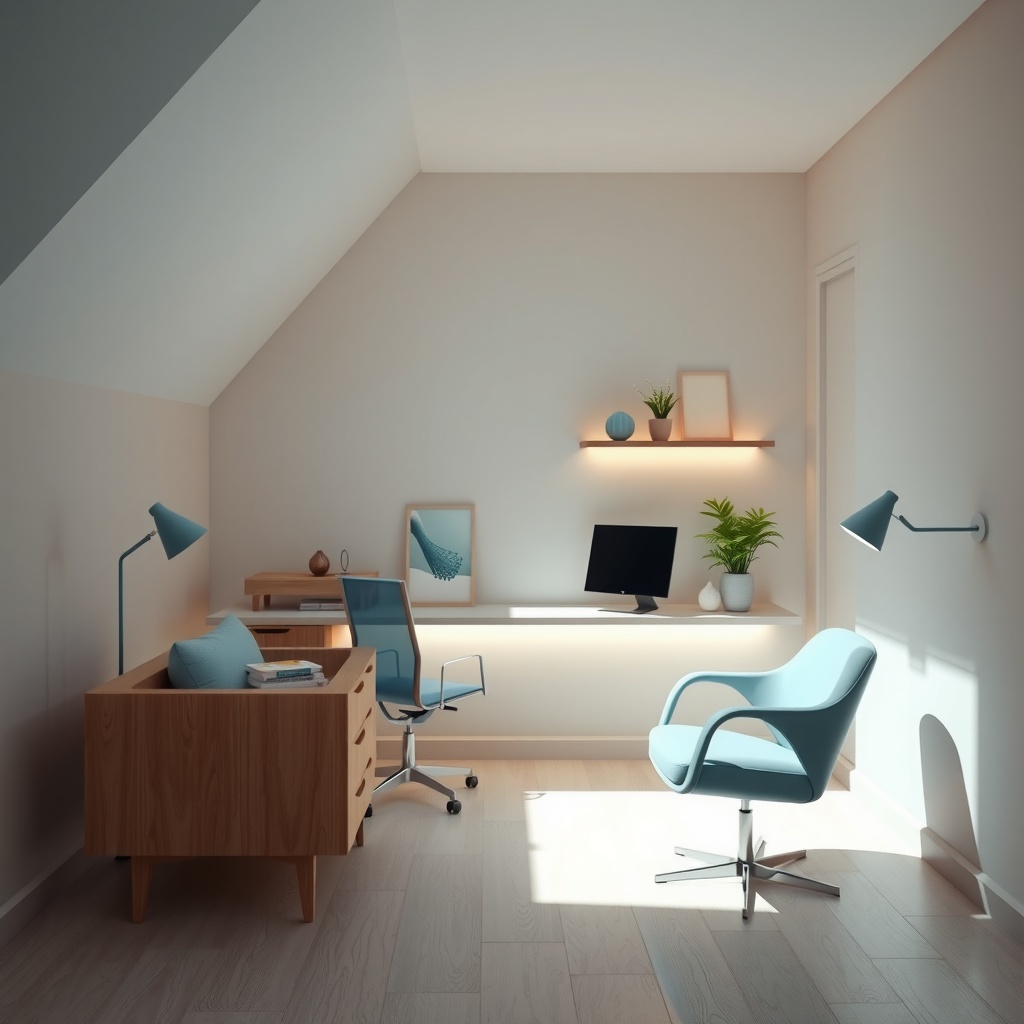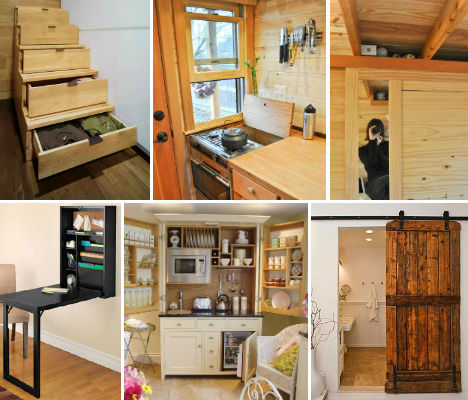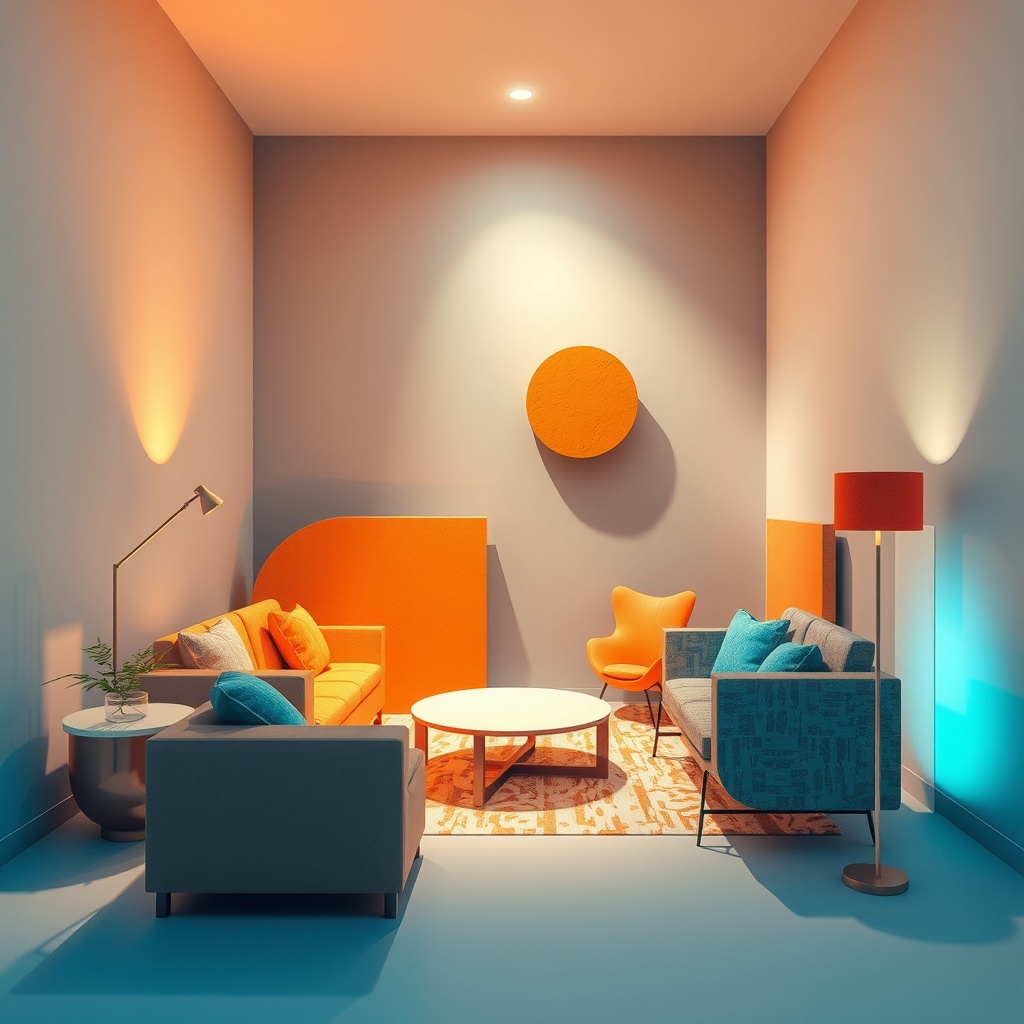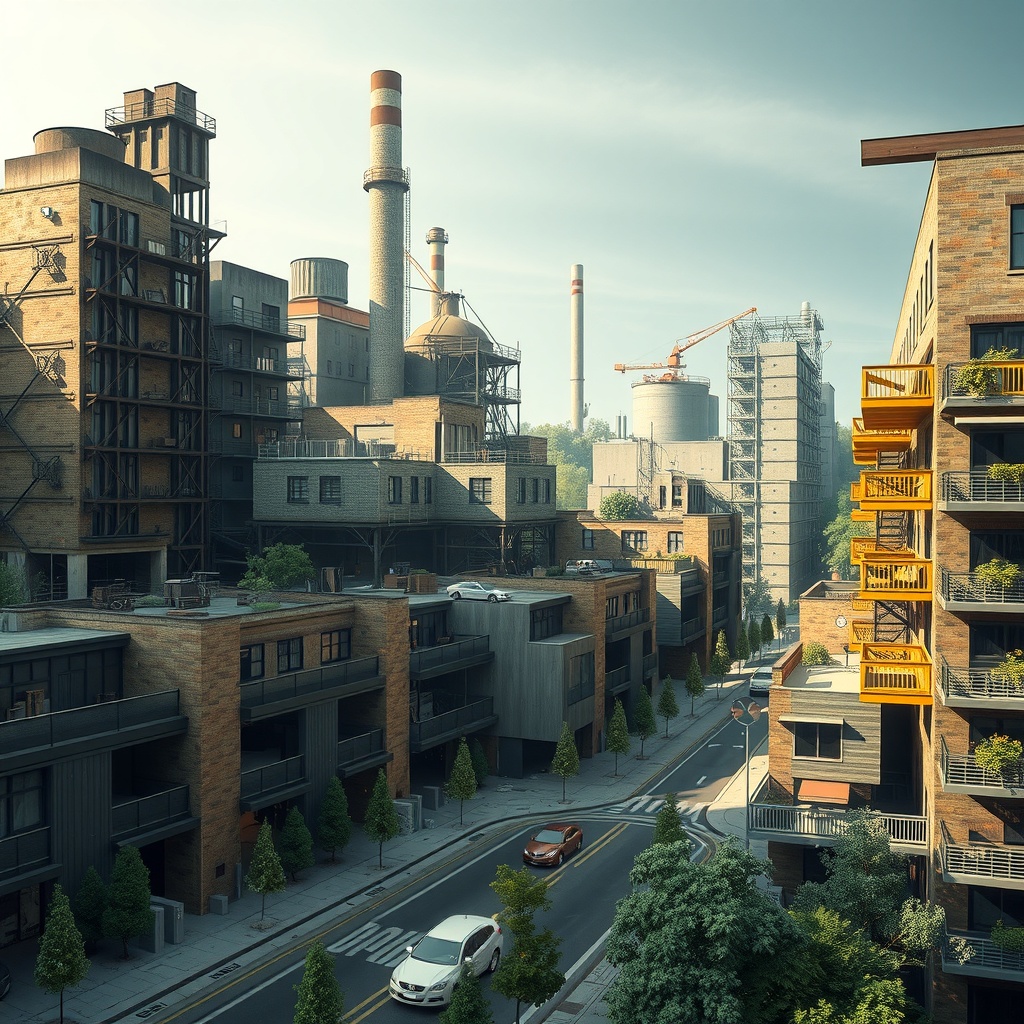Maximize Your Living Area: Tips for Choosing Modular Furniture
Maximize Your Living Area: Tips for Choosing Modular Furniture In today’s evolving world of interior design, the concept of modular furniture has become increasingly popular for maximizing living space. Whether you live in a cozy apartment or a home with limited room, modular…









